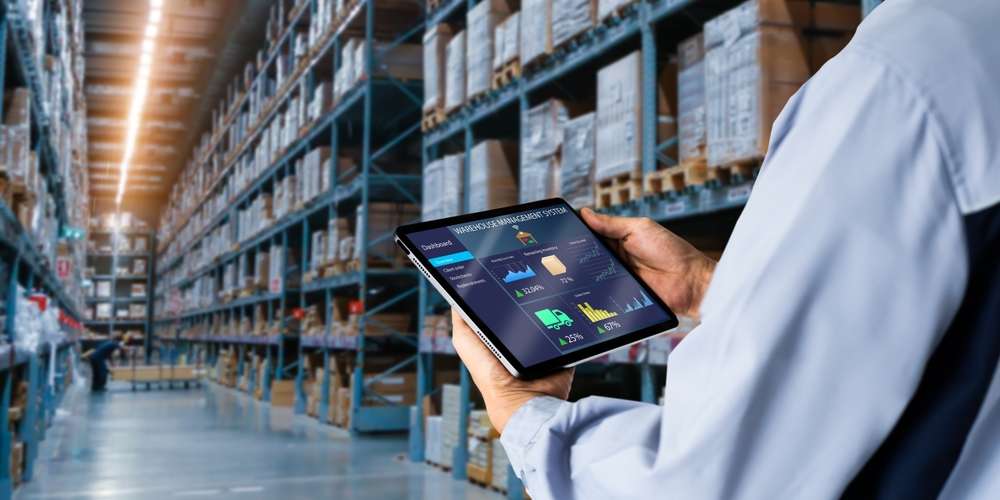Reverse Logistics: Turning Returns into Revenue
In today's competitive business landscape, companies are increasingly focusing on reverse logistics as a strategic opportunity. This often-overlooked aspect of supply chain management involves the movement of goods from customers back to sellers or manufacturers. Far from being a mere cost center, reverse logistics presents innovative ways to recapture value, enhance customer satisfaction, and promote sustainability.

Streamlining the Return Process
A well-designed reverse logistics system starts with a seamless return process. This involves clear policies, easy-to-use return portals, and strategic partnerships with logistics providers. Companies like Optoro have developed specialized software platforms that optimize the routing of returned items, significantly reducing processing time and costs. By making returns hassle-free for customers, businesses can build loyalty and encourage repeat purchases.
Refurbishment and Resale Opportunities
One of the most lucrative aspects of reverse logistics is the potential for refurbishment and resale. Electronics giant Apple has mastered this approach with its certified refurbished program. By thoroughly inspecting, repairing, and repackaging returned devices, Apple can offer high-quality products at lower price points, attracting budget-conscious consumers while maintaining brand integrity.
Data-Driven Decision Making
Advanced analytics play a crucial role in modern reverse logistics strategies. By analyzing return patterns, companies can identify product defects, improve forecasting, and make informed decisions about inventory management. For instance, outdoor retailer REI uses data from returns to refine its product designs and adjust its purchasing strategies, ultimately reducing return rates and improving customer satisfaction.
Sustainability and Brand Image
Effective reverse logistics can significantly boost a company’s sustainability efforts. By properly recycling or repurposing returned items, businesses can reduce waste and minimize their environmental impact. Patagonia’s Worn Wear program exemplifies this approach, encouraging customers to repair and reuse clothing items, thereby extending product lifecycles and reinforcing the brand’s commitment to sustainability.
Maximizing Reverse Logistics Potential
• Implement a user-friendly return policy to encourage customer loyalty
• Invest in technology to streamline the return process and reduce costs
• Explore refurbishment opportunities to recapture value from returned items
• Utilize data analytics to identify trends and improve product quality
• Integrate sustainability initiatives into your reverse logistics strategy
As businesses continue to evolve in an increasingly competitive and environmentally conscious marketplace, reverse logistics presents a unique opportunity for growth and differentiation. By viewing returns as a strategic asset rather than a necessary evil, companies can unlock new revenue streams, enhance customer relationships, and contribute to a more sustainable future. The key lies in developing a comprehensive reverse logistics strategy that aligns with overall business objectives and leverages the latest technologies and best practices in the field.





